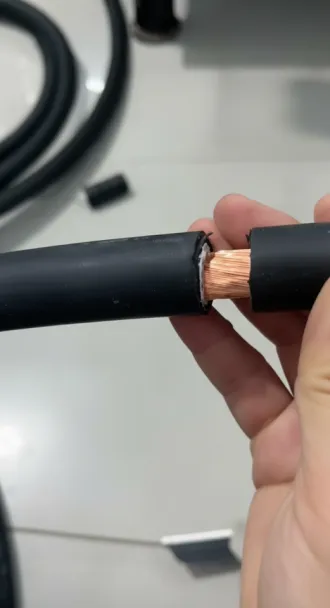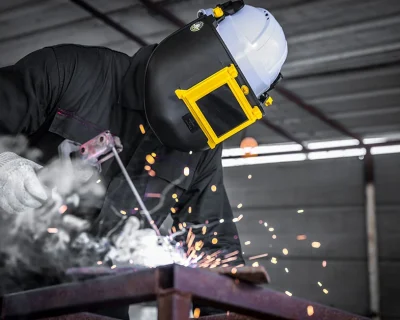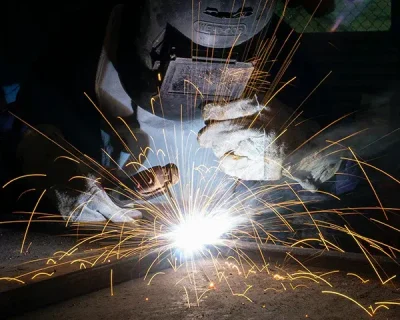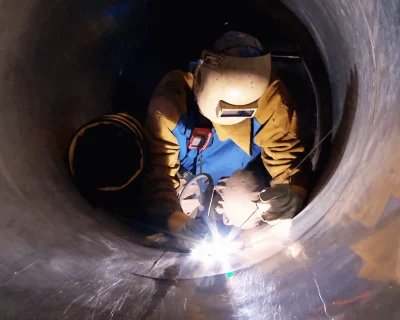Blog
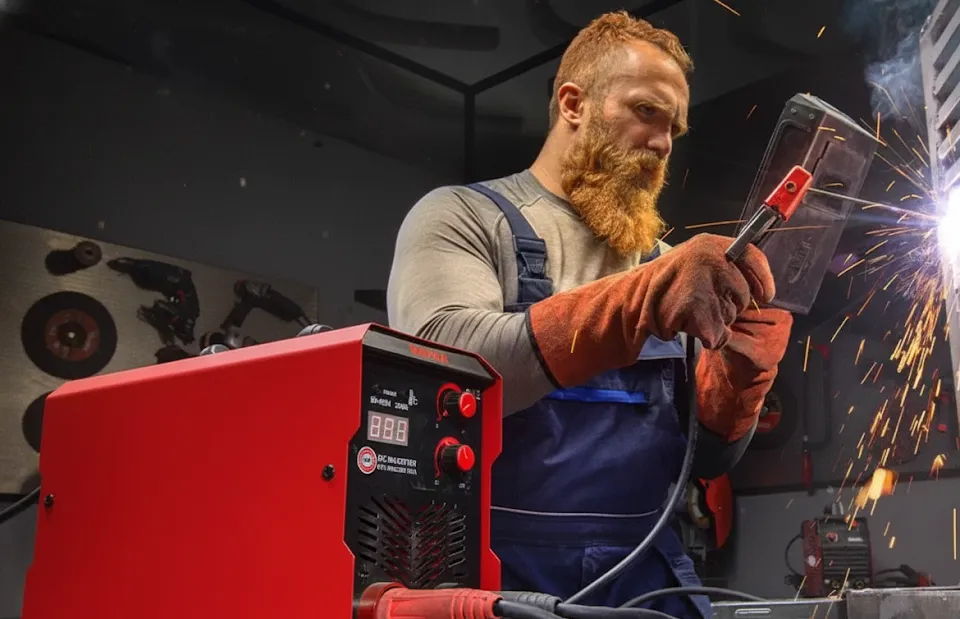
Welding Safety: Cable Connection Insulation – Stop Shocks and Fires Before They Start (WeldSafe Essentials 5)
A welding cable with exposed copper is a ticking bomb: it can shock you, spark a fire, or ruin your weld quality without warning. In WeldSafe Essentials #5, we focus on one of the most overlooked yet critical safety details—proper insulation of every connection point and exposed conductor. A few wraps of the right tape (or a timely cable replacement) can literally save your life.
Why Exposed Copper Is So Dangerous
When the insulation on welding cables cracks, gets cut, or wears away near lugs and connectors:
- Electrocution Risk Bare copper can contact your skin, tools, or the workpiece and complete a circuit through your body—especially lethal with the high current of welding machines.
- Arcing and Fire Hazard Exposed strands touching metal benches, scaffolding, or each other create arcs that ignite oil, rags, or dust.
- Poor Weld Quality Leakage current causes unstable arcs, porosity, and inconsistent penetration—your weld looks bad and fails inspection.
Real Incident: A shipyard welder received fatal 400-amp shock because a ground cable lug had 3 inches of exposed copper rubbing against a steel ladder. The insulation failure was visible days earlier—nobody taped it.
Immediate Actions When You Spot Exposed Copper
Option 1 – Emergency Insulation (Temporary Fix Only)
Use high-quality electrical insulating tape specifically rated for welding cables:
- Best choice: 3M™ 33+ or 130C Scotch® vinyl electrical tape (600 V, 105 °C rating) + self-fusing silicone tape as outer layer.
- Never use: Regular duct tape, cheap “hardware store” tape, or household electrical tape—it melts or peels under heat.
Correct taping procedure:
- Power OFF and LOTO the welder.
- Clean and dry the area.
- Apply two half-lapped layers of vinyl tape.
- Finish with two layers of self-fusing silicone tape for abrasion and heat resistance.
- Tag the repair: “TEMPORARY – REPLACE CABLE ASAP”.
Option 2 – Permanent Fix (Always Preferred)
Replace the entire cable or section. Temporary tape repairs are only acceptable until the end of the shift. OSHA 1910.334(b)(2) and most insurance policies consider repeatedly taped cables a willful violation.
Daily Cable Inspection Checklist
Do this before every shift (takes 60 seconds):
- Check full length of electrode and work cables for cuts, cracks, or melted spots
- Inspect lug connections—no exposed strands beyond the crimp barrel
- Flex cables near lugs—insulation should not slide or split
- Verify ground clamp insulation is intact
- Look for green corrosion on copper (sign of overheating)
Any “yes” to damage → tag out the cable and replace.
Pro Tips for Longer Cable Life
- Use cable covers or sleeving in high-abrasion areas
- Coil cables properly—never kink or run over with forklifts
- Keep lugs tight—loose connections overheat and burn insulation
- Store cables off the floor and away from oil/chemicals
Quick Reference: Acceptable vs. Unacceptable Repairs
| Repair Method | Acceptable? | Notes |
|---|---|---|
| 3–4 layers quality vinyl + silicone tape | Temporary only | Must replace within days |
| Duct tape or packing tape | Never | Melts, not rated for voltage |
| Heat-shrink tubing + adhesive lining | Yes (permanent) | Best field repair if done correctly |
| Exposed copper with no tape | Never | Immediate shutdown |
| Cable spliced mid-length | Never | Replace full length |
Tape Is Cheap, Funerals Are Not
Exposed copper at connection points is 100 % preventable. One $8 roll of proper electrical tape and a 2-minute daily inspection can eliminate shocks, fires, and bad welds. Make it a habit: see copper → stop work → fix or replace.

